Quantum Migration

Following up on my recent bird migration talk, I started digging into breathtaking new research revealing that bird migration may be guided by quantum physics.
Learning about quantum physics and bird migration proved to be the most complex topic I've tackled in two years of writing this newsletter. To prepare for today's topic I spent 4.5 hours watching extremely dense university lectures and reading technical papers until it felt like my head was going to explode, but I think it was worth it!
This story started in the 1970s when a German scientist named Klaus Schulten proposed a ground-breaking idea that the Earth's magnetic field might trigger some sort of chemical reaction which could then send a signal to a bird's brain, enabling it to navigate using magnetism. This idea was soundly ridiculed because the Earth's magnetic field is incredibly weak (10-100 times weaker than a standard refrigerator magnet) and there was no known way for magnetic fields to trigger a chemical reaction.
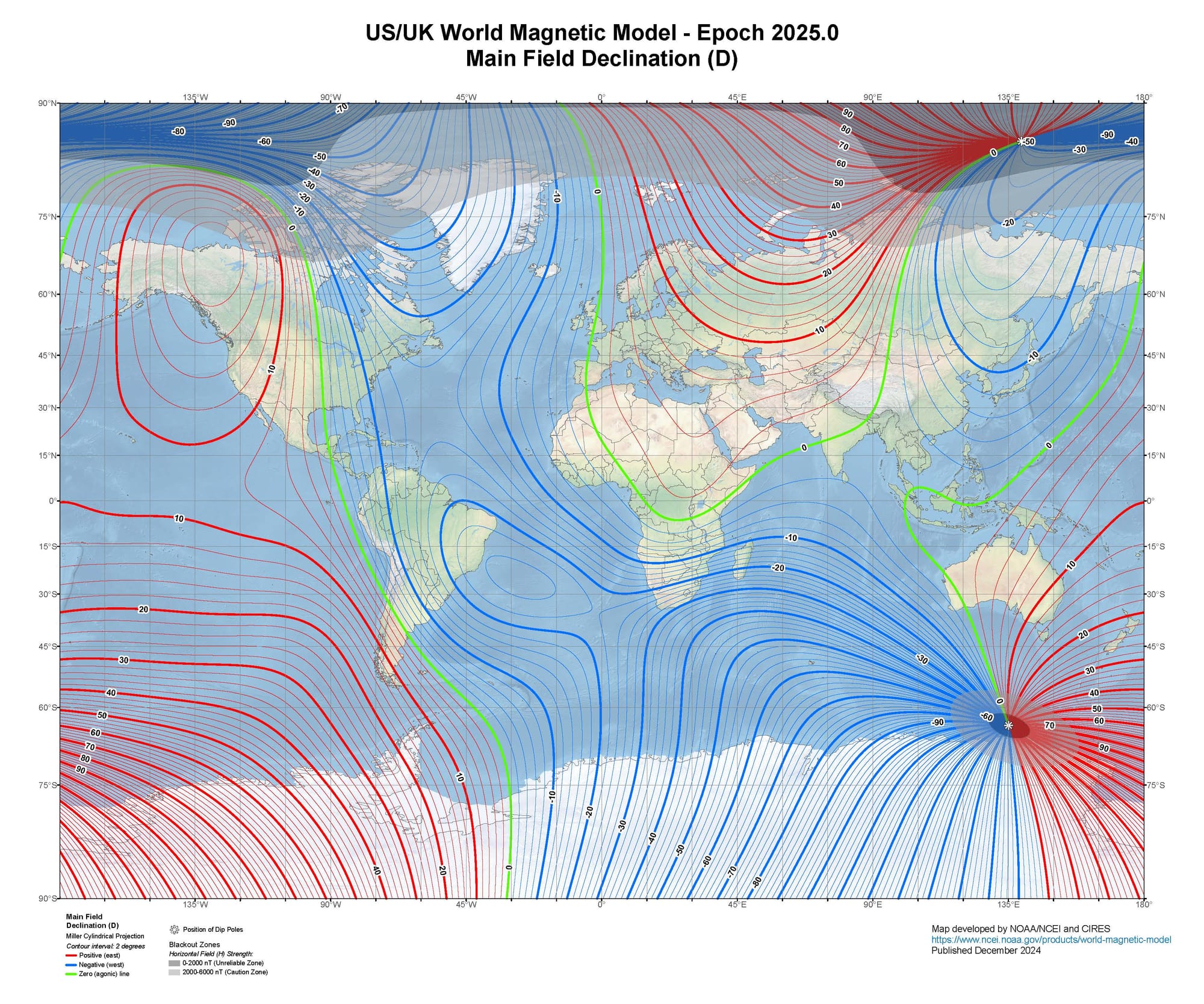
Even more challenging, Schulten was a theoretical physicist who felt that quantum physics would provide the answer, but biologists didn't have a clue what he was talking about. Fortunately, over the past 50 years the pieces of this puzzle have slowly fallen into place, and while not conclusively proven, it's looking like Klaus Schulten was spot on.

So, starting at the atomic level, here's how it seems to work: Molecules generally have an even number of electrons, which makes them stable, and these electrons like to hang out in pairs.
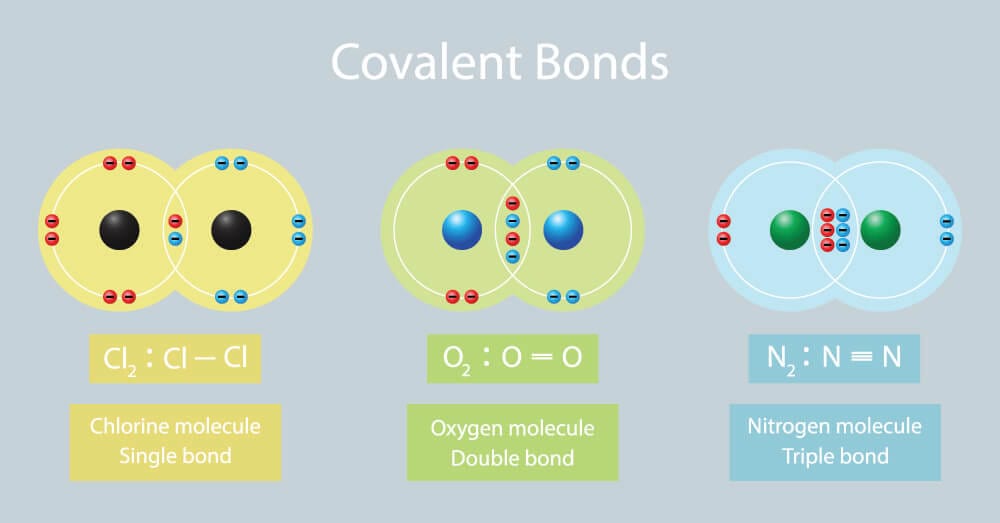
But if electrons absorb energy (for instance in the presence of sunlight) an electron can jump from one molecule to another, creating two molecules with an odd number of electrons (one losing an electron and one gaining an electron). These changed molecules are called free radicals, and the two odd electrons are now known as radical pairs that are both connected and unconnected in a bizarre quantum entanglement.
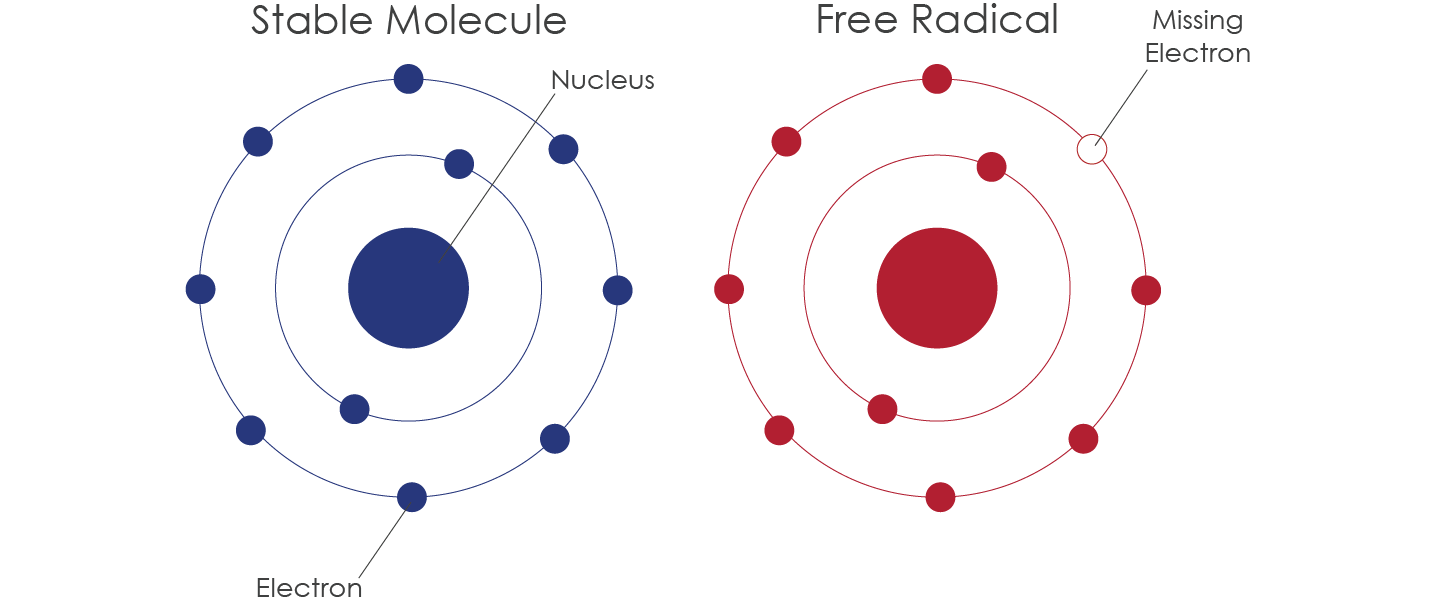
Where it gets really complicated is that electrons also have a property called spin (which is not rotation but is instead a quantum property). Paired electrons have opposite spins and no magnetic force, but once an electron pair splits into a radical pair the spins will either remain opposite, or flip so the two electrons have the same spin. Most importantly, this change in the spin creates a tiny magnetic compass that is ten million times more sensitive to the Earth's magnetic field than when electrons are paired in a stable molecule.

In fact, radical pairs oscillate between these two states continuously over the course of milliseconds, with the rate, intensity, and sum total of these oscillations changing in response to the orientation of the Earth's magnetic field.
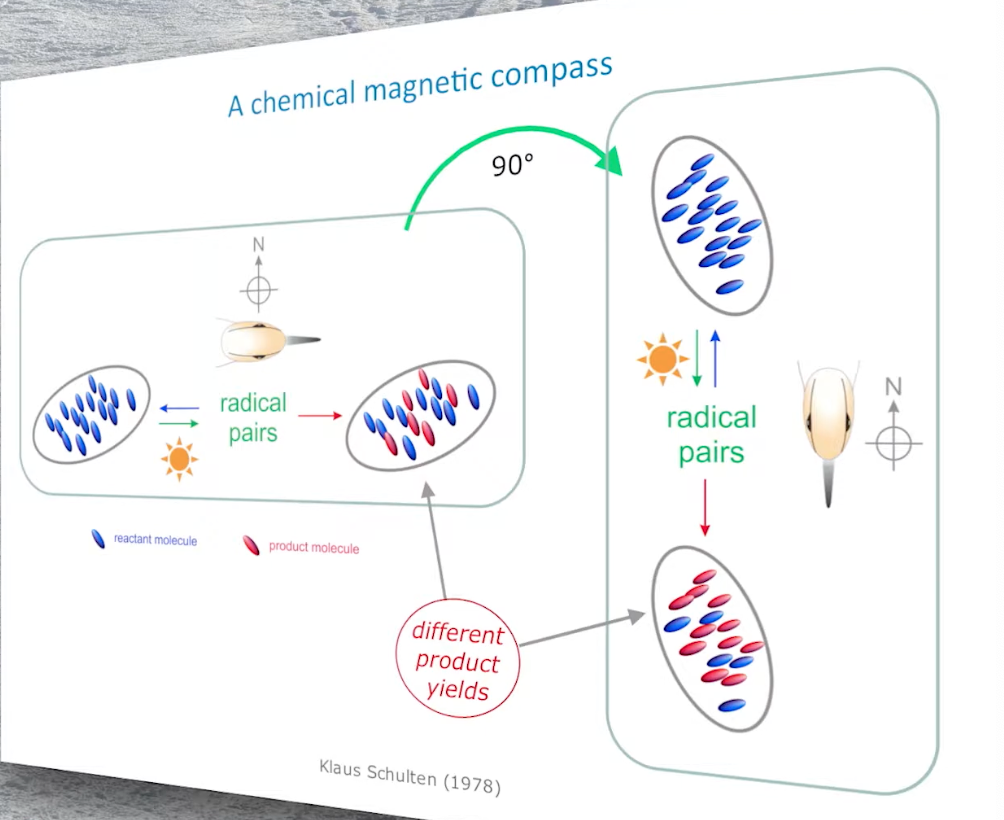
All of this is interesting but irrelevant if birds don't have radical pairs or a way to sense the oscillations these pairs produce. Fortunately, there is a organic molecule, known as cryptochrome, that produces radical pairs in the presence of blue and green light, and after some clever detective work biologists discovered this molecule in the eyes of birds. Even better, it was soon realized that one version of this molecule known as Cryptochrome 4 is significantly activated in birds that migrate at night but shows little activity in nonmigrating birds. And when Cryptochrome 4 is activited it changes its shape in the presence of radical pairs and this change can be sent as a signal to an area of the bird's brain known as Cluster N.
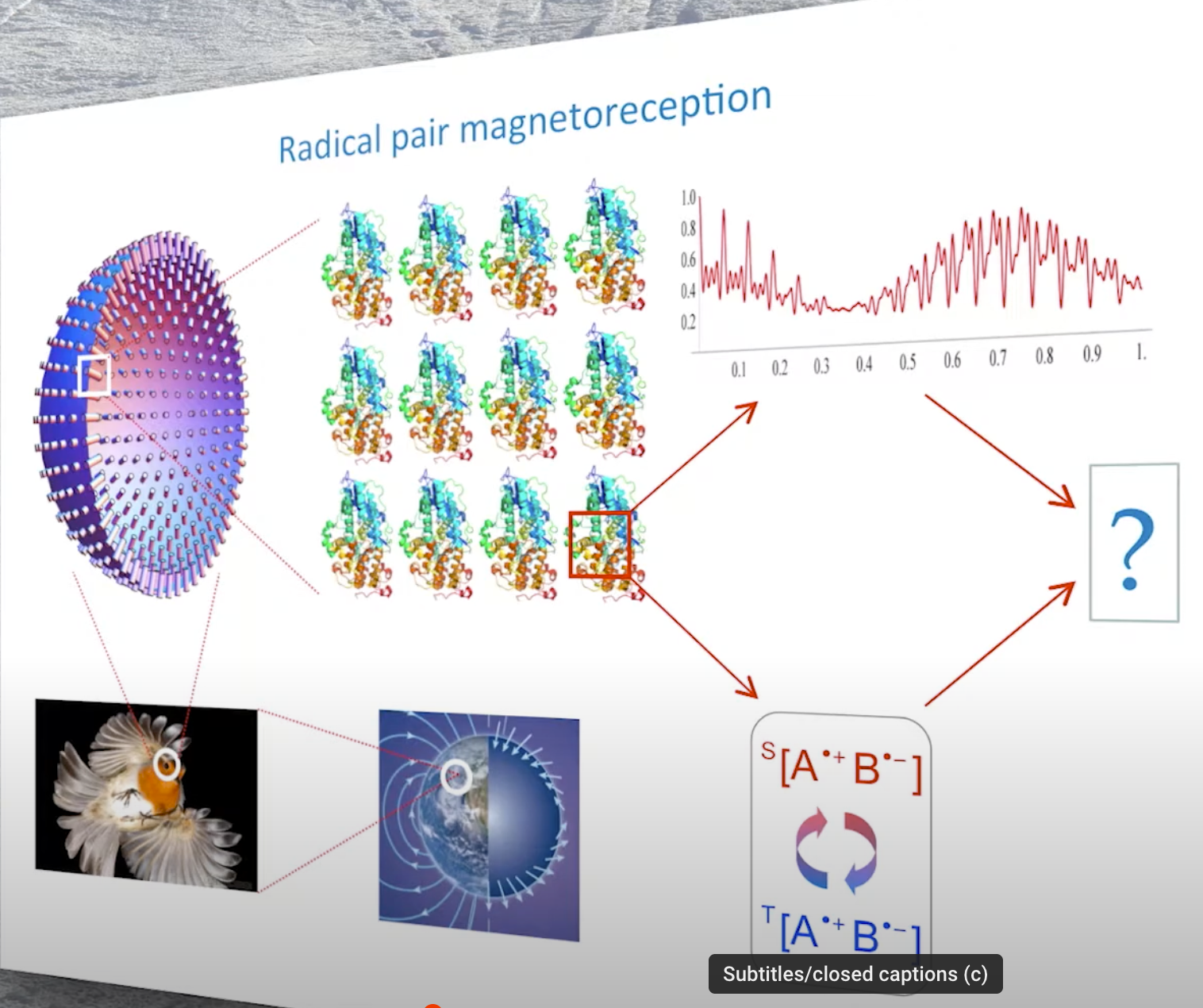
It's now believed that in the daytime birds use their eyes to see the world as you'd expect, but at night they are seeing the Earth's magnetic field as lines of darker shading on top of everything else they're seeing.

Again, this idea has not been conclusively proven beyond a shadow of a doubt. But it's almost certainly true that this magnetic sense exists and is combined with the sun compass, star compass, olfactory clues, and other navigation tools that birds use while migrating. Ultimately, it seems like the improbably small spins of single electrons are among the most important clues that guide the longest migrations on Earth.

Member discussion